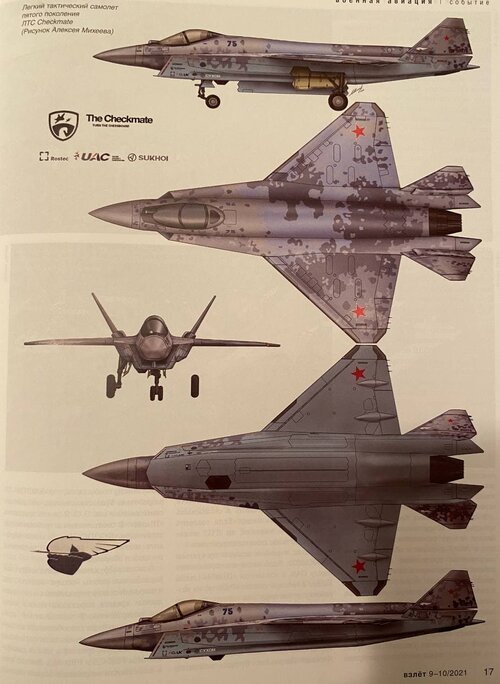IIR correctly, from Paralay's forum thread on the Su-57, it was hypothesized with reliable info from zakupki.gov.ru and other manufacturer information found from the contract numbers that the sensors are wideband imaging in both SWIR and UV, and with the Su-35 having LWR, I find it probable that the two smaller lenses are for indeed for LWR.
The massive disparity in aperture size frankly makes a dual UV/SWIR band KS-U unlikely. I’m inclined to agree with
@Trident that those two smaller apertures are instead LWR. Given that UOMZ is supplying the entire 101KS EO system, a SWIR array may be used by another component, such as the KS-O. I made a typo earlier; if the KS-U has an IIR function, then the KS-P landing camera would be unnecessary.
@Trident, the PIRATE is a dual band MWIR/LWIR system for IRST/FLIR function, although I’m not sure if it’s a primary or secondary source stating this. A similar arrangement was planned for the F-22’s AIRST before it got cut, although there’s still an empty bay under the nose reserved for that. As a side note, I believe the Lockheed Martin’s IRST21 has AAS-42 lineage, being also a LWIR system.























